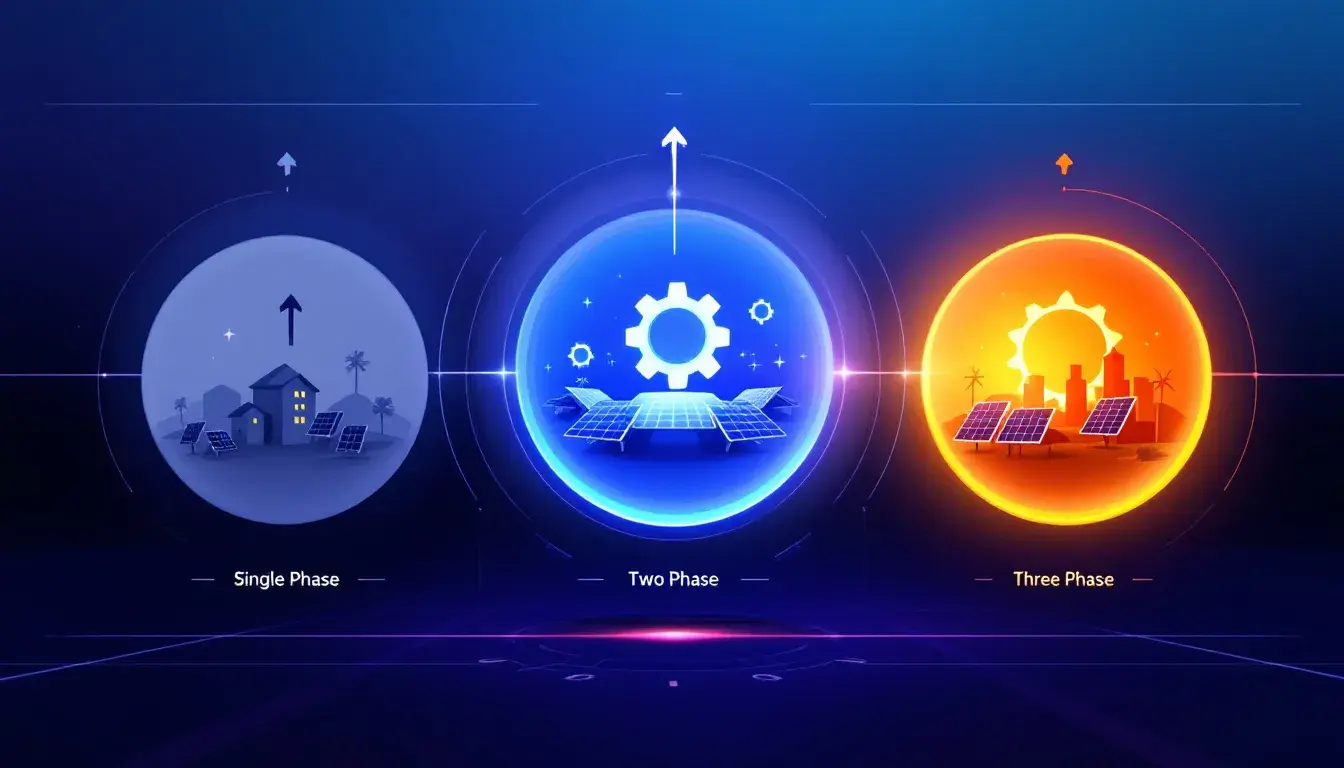What’s the Application of Solid State Relay?
Table of Contents
ToggleSolid-state relays (SSRs) are used in industrial automation, HVAC systems, medical devices, and consumer electronics for fast, reliable, and silent switching.
Unlike mechanical relays, SSRs operate without moving parts, making them more durable and efficient.
Read on to learn more about them.
What is a Solid-State Relay (SSR)?
A solid-state relay (SSR) is an electronic switching device that controls electrical power without mechanical contact.
Instead of using physical moving parts, it relies on semiconductor components like thyristors, TRIACs, or MOSFETs to switch circuits on and off.
This design eliminates wear and tear, providing longer service life and faster operation compared to traditional mechanical relays.
How Does a Solid-State Relay Work?
An SSR is an electronic switching device that controls power flow using semiconductor components instead of physical contacts.
It operates by receiving a low-voltage control signal, activating an internal optocoupler, and triggering a switching element like a TRIAC or MOSFET.
This process allows for high-speed, arc-free switching.
7 Applications of Solid-State Relays
#1. Industrial Automation

SSRs play a key role in factory automation, controlling motors, heating elements, and high-power machinery.
Their fast switching speed and ability to handle frequent operations make them ideal for programmable logic controllers (PLCs) and robotic systems.
#2. HVAC and Temperature Control

Heating, ventilation, and air conditioning (HVAC) systems use SSRs for precise temperature regulation.
They are often used in thermostats, ovens, and industrial furnaces where precise and noise-free switching improves performance.
#3. Medical Equipment
In medical devices like diagnostic machines and laboratory instruments, SSRs provide reliable and silent operation.
Their absence of mechanical parts minimizes wear, making them suitable for delicate and long-term medical applications.
#4. Consumer Electronics
SSRs are found in household appliances like microwave ovens, washing machines, and smart lighting systems.
Their silent operation and ability to withstand frequent switching cycles enhance the efficiency and longevity of consumer devices.
#5. Renewable Energy Systems

Solar power inverters and wind turbines use SSRs to manage power distribution efficiently. Their ability to switch high-voltage loads with minimal energy loss makes them suitable for renewable energy applications.
#6. Automotive and Electric Vehicles

Modern vehicles, including electric and hybrid cars, use SSRs for battery management, lighting control, and power distribution.
Their high reliability and ability to operate in harsh conditions make them a preferred choice over mechanical relays.
#7. Data Centers and Communication Equipment

SSRs are used in server power management, network switches, and telecommunications equipment.
Their ability to handle high-frequency switching without electrical noise makes them ideal for critical IT infrastructure.
Advantages of Solid-State Relays Over Mechanical Relays
- Faster Switching Speed – SSRs switch within microseconds, making them ideal for high-speed applications.
- No Mechanical Wear – With no moving parts, SSRs last longer than mechanical relays.
- Silent Operation – Unlike mechanical relays, SSRs do not produce clicking sounds when switching.
- Higher Reliability – Reduced risk of arcing or contact failure ensures consistent performance.
Application of Solid State Relay: Conclusion
Solid-state relays are essential in industries that require precise, silent, and fast switching.
Their applications range from industrial automation and medical devices to renewable energy and HVAC systems, offering significant advantages over traditional mechanical relays.
For your electrical needs, visit our timer relay product catalog now!
Tel: +86-577-88671000
E-mail: ceo@tosun.com
Skype: tosunelectric
Wechat: +86-139 6881 9286
WhatsApp: +86-139 0587 7291
Address: Room No.1001 Wenzhou Fortune Center,Station Road, Wenzhou, China
REQUEST A QUOTE
WhatsApp us
 : +86-139 0587 7291
: +86-139 0587 7291 English
English Español
Español Русский
Русский Français
Français العربية
العربية Português do Brasil
Português do Brasil Українська
Українська Türkçe
Türkçe Polski
Polski Nederlands
Nederlands Italiano
Italiano Bahasa Indonesia
Bahasa Indonesia हिन्दी
हिन्दी اردو
اردو አማርኛ
አማርኛ Հայերեն
Հայերեն ไทย
ไทย Монгол
Монгол فارسی
فارسی Shqip
Shqip Ελληνικά
Ελληνικά


